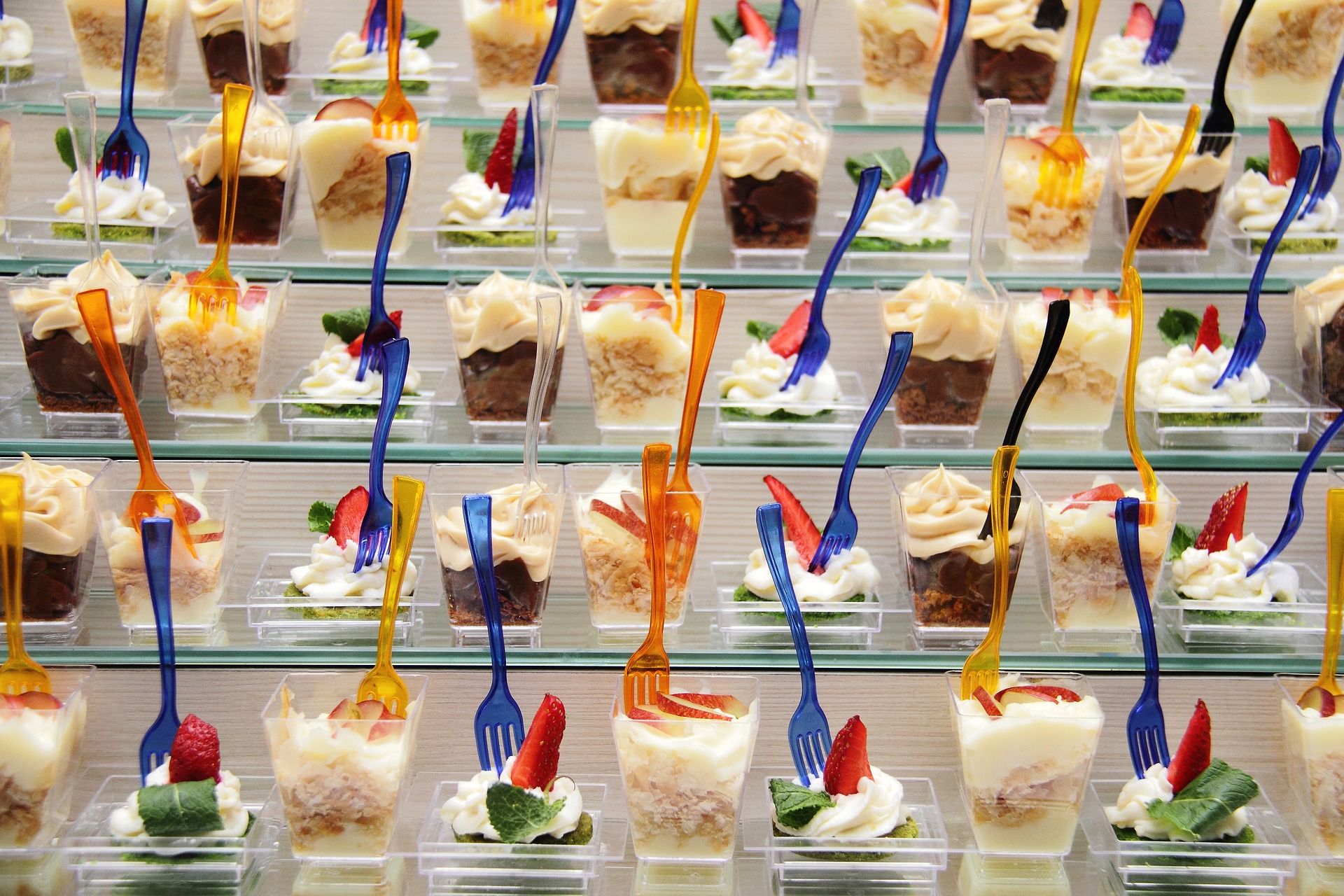IA Menu 2

One of the ways to make it easier for students to choose their IA experiment for replication is to give them a limited menu of choices. By giving them a menu of options, it guarantees that you are familiar with the studies that they are going to replicate and you know that you can access the original study.
The following is an alternative menu of studies that could be replicated for students for their IA. The student menu is something you may want to project or post in your classroom.
IA Menu
Slow food
A study of how priming participants with a text about old age may make them walk more slowly. This study is rather controversial - an even better reason to replicate it.
Background theory: priming; stereotype automaticity
Bargh, J. A., Chen, M., & Burrows, L. (1996). Automaticity of social behavior: Direct effects of trait construct and stereotype activation on action. Journal of Personality and Social Psychology, 71(2), 230–244. doi : 10.1037//0022-3514.71.2.230
For those on the run
This is a great study for students who are interested in sport and exercise. The original study had three conditions: exercise before, exercise after, and no exercise while listening to a prose paragraph. Only the exercise performed prior to listening to the prose showed significantly higher performance on recall.
Background theory: Physical arousal and memory consolidation. The role of adrenaline on memory consolidation.
Labban, J.D., & Etnier, J.L. (2011). Effects of acute exercise on long-term memory. Research Quarterly for Exercise and Sport, 82(4), 712-721.
Red Red
This study looks at how colour may affect one's ability to solve anagrams. A comparison of red, green, and black anagrams and the number of anagrams solved in a set period of time.
Background theory: conditioning; learned associations; Bargh's auto-motive model
Elliot, A. J., Maier, M. A., Moller, A. C., Friedman, R., & Meinhardt, J. (2007). Color and psychological functioning: The effect of red on performance attainment. Journal of Experimental Psychology: General, 136(1), 154–168. doi: 10.1037/0096-3445.136.1.154
Recency surprise
This study may only be done as a modified study, as the whole serial position curve should not be demonstrated, as students are limited to only one IV and it must be manipulated by the researcher. A common approach is to only look at the effect of recency, noting the recall of the last five words either immediately after the reading of the list or after a distractor task.
Background theory: primacy and recency effect, short-term memory store, Multi store model
Glanzer, M., & Cunitz, A. R. (1966). Two storage mechanisms in free recall. Journal of Verbal Learning and Verbal Behavior, 5(4), 351–360. doi: 10.1016/s0022-5371(66)80044-0
Articulation suppression
This study uses a dual task technique to demonstrate the functioning of the phonological loop. A good study for those interested in multi-tasking.
Background theory: The working memory model
Landry, P. and Bartling, C. (2011). The Phonological Loop and Articulatory Suppression. American Journal of Psychological Research. Vol. 7 (1), 79-86.
Art of food
An interesting study to see if people think that art that takes more time is actually better. There are several variations in the original. One experiment has participants look at two paintings, both by the same artist. They are told that one took only four hours to paint and other 26 hours to paint. The study is a repeated measures design that is counterbalanced.
Background theory: Dual processing model of decision-making; heuristics; effort heuristic.
Kruger, J. (2005). The Effort Heuristic. PsycEXTRA Dataset. doi: 10.1037/e640112011-017
Picture perfect pollo
A study that tests if participants will be able to recall information about an individual better if they see a photo of the individual, rather than just hearing the person's name.
Background theory: Pavio's Dual Coding Theory, context-dependent memory; iconic memory; facial recognition.
Kargopoulos, P., Bablekou, Z., Gonida, E., & Kiosseoglou, G. (2003). Effects of Face and Name Presentation on Memory for Associated Verbal Descriptors. The American Journal of Psychology, 116(3), 415. doi: 10.2307/1423501
Anagramtastic
In the memory task, the participants viewed a trigram of consonants (e.g., GKT, WCH,...) and then performed a distractor task (e.g., counting backward by 3s) for a set period of time. The results showed that recall of the trigrams was less likely as the participant spent longer periods of time on the distractor task.
Background theory: Multi-store model; short-term memory is limited in capacity and duration (Miller)
Peterson, L.R., & Peterson, M.J. (1959). Short-term retention of individual verbal items. Journal of Experimental Psychology, 58, 193-198.

 IB Docs (2) Team
IB Docs (2) Team
